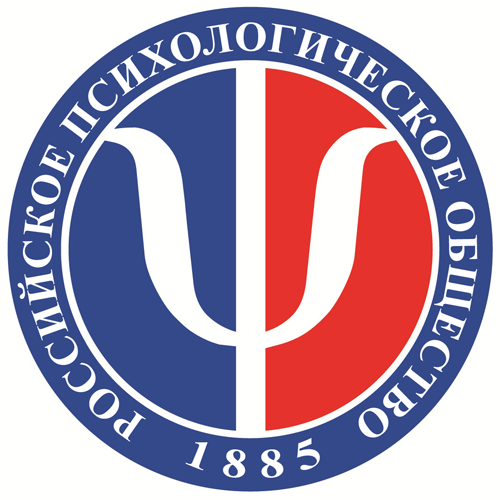Background. EF deficit is associated with various disorders, such as autism spectrum disorder (ASD), attention deficit hyperactivity disorder (ADHD) and learning disabilities. Improving EF in children has a positive effect on the development of their ability to guess the intentions of others and adherence to social and moral rules of behavior. More importantly, inhibitory control and attention switching are reliable predictors of early academic abilities, that is, mathematical abilities and literacy.
Objective. To compare the concepts of voluntary behavior in children in Western psychology with the concepts of conscious action developed in Soviet psychology within the tradition of L.S. Vygotsky and A.R. Luria, and to analyze the advantages and disadvantages of both approaches.
Methods. Review and the comparative analysis of studies.
Results. The theoretical foundations of Western studies of the executive function (EF) are considered in comparison with the studies of “conscious action” conducted within the Vygotsky-Luria’s school. The advantages and limitations of each approach are revealed and the possibilities of applying these approaches to the formation of critical thinking and creative independence in children are shown.
Conclusions. Cognitive models of EF, focused on neurochemical intervention in the correction of executive activity, and the model of voluntary behaviour as “conscious action”, which emphasizes the use of higher mental functions for such correction, are not alternative to each other but complement each other. Only an analysis of specific parameters of violations of voluntariness of action and patterns of integration (or lack thereof) between action, intellect, language, memory and other mental functions can determine which of the above models is best suited for a particular case.












